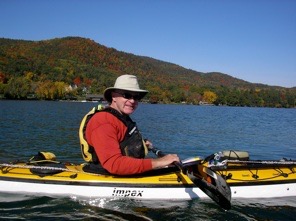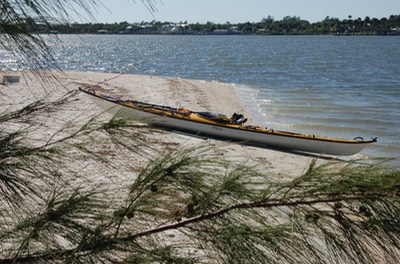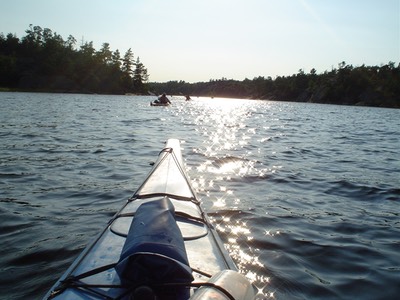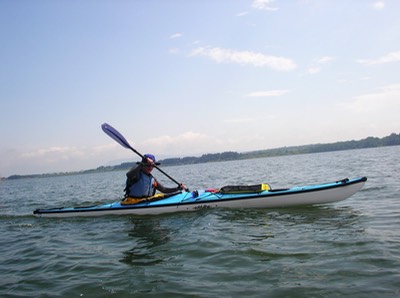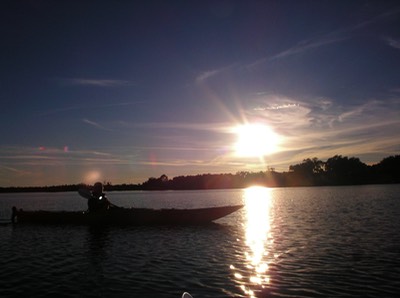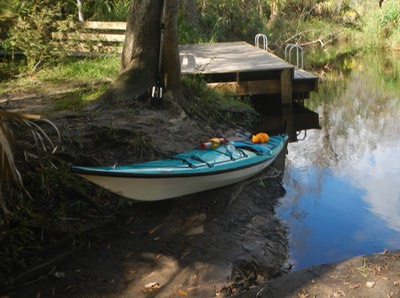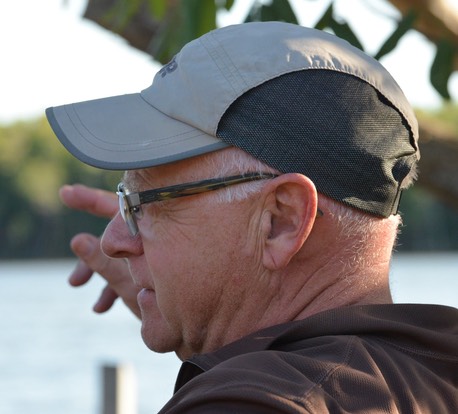
This may sound a little weird, but I’ve been thinking about PLB’s recently. PLB’s, or Personal Locator Beacons, are the back-up safety device of last resort for people who engage in potentially dangerous sports, in remote locations. Most PBL’s access two different satellite systems, broadcasting a specific identifier at 406 mhz. Some also incorporate a GPS locater and send out a homing signal to help rescuers hone in on your location. Manufacturers claim that the units can access a satellite and send a signal in as little as five (5) minutes. Unlike SPOT units, PLB’s use two entirely different satellite systems and do not require a yearly subscription. They must be reregistered every two years, however. There is no charge for registration.
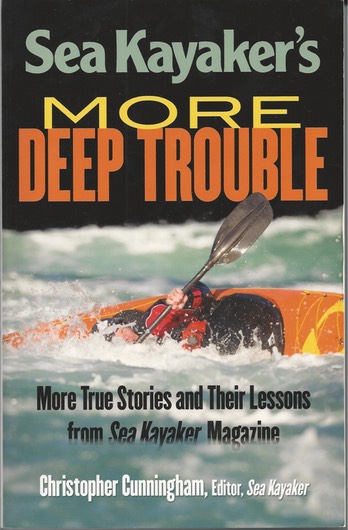
I bought a PLB two years ago without knowing much about them. It is a McMurdo Fast Find with a GPS and honing signal. I bought it because it was waterproof and small enough to be carried in my PFD pocket, ready to be deployed in an emergency. I didn’t think much about when and how I might need to deploy the PLB, beyond the idea that a few of my friends have serious medical conditions, controlled but still serious, that might create a need for immediate evacuation from a wilderness area. Then I read Sea Kayaker Magazine’s new book, More Deep Trouble.
There were several cases in the book of capsized sea kayakers in the water, unable to self rescue or with other injured or disabled kayakers, in severe conditions. These folks were only saved by deploying their PLB’s in time for help to reach them.
It got me thinking about how I would deploy my PLB if I was in the water, or even in a swamped boat in severe conditions. How would I deploy the device? So I got the unit out and re-read the instructions. My unit requires the use of two hands to free the antenna and activate the system. Whats more, the unit must be held out of the water with the antenna straight up to work. It is waterproof, but does not float. I tried to imagine myself in the water in a high wind and wave condition, clinging to my swamped kayak trying to activate this unit without letting go of my boat or paddle. I didn’t see how it could be done.
This video shows the deployment of the Fast Find, showing why it would not work for a kayaker in the water.
A little internet research led me to the ACR RescueLink Plus. This unit is a little bigger than my unit but has several advantages. In addition to being waterproof, it floats. It comes with material to fasten the unit to the shoulder strap of your PFD, where it can be deployed and activated with the finger of one hand. The antenna quickly uncoils and because of its location on your shoulder, points skyward. Pressing the activation button sends the first signals to overhead satellites and illuminates a powerful strobe light.
This is a good explanation of how a PLB works.
A little further investigation and a call to ACR Artex reassured me that the RescueLink Plus is actually designed to be worn on the PFD, can be deployed with one hand and will transmit in that position as long as it is not constantly underwater. There are pictures on their website showing this.
This video shows why other commonly used self-rescue devices fall short in severe emergencies.
I’m thinking about selling the unit I have and buying the ACR. The book (Deep Trouble) scared me, or more accurately sobered me. The people in the case studies where a PLB was deployed had done most, if not everything right as far as safety preparations and training were concerned. It became clear that sometimes circumstances are such that no amount to planning or training can overcome the conditions that are met on the water. I’ve been in a number of situations that could have gone very badly. They did not. But if I ever find myself in a situation that does, I want to be carrying one of these babies.
If you're not tired of these videos yet, here's a somewhat lengthy one that shows the unit in detail.
Comment Form:
